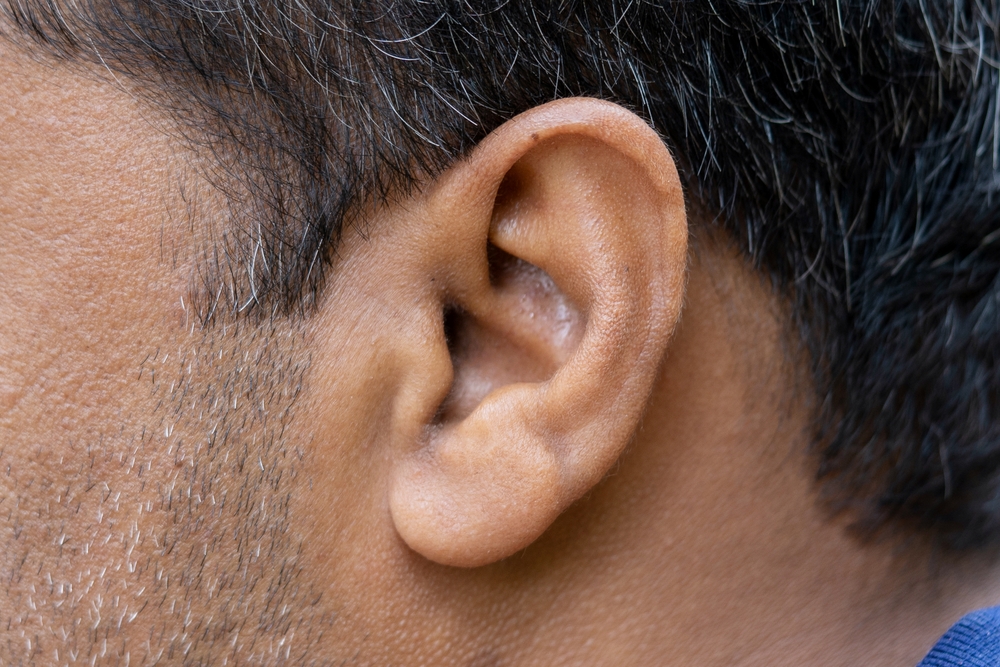Perhaps you’ve learned that dogs with floppy ears do not hear as effectively as those with pointed ones. It’s probably not astonishing to learn that cats, dogs, and hamsters have the ability to adjust the direction of their ears to enhance their ability to pick up sounds from the front, sides, or rear.
Our furry friends aren’t the only ones whose ears impact the way they hear. The human ear has similar features, and it can vary from person to person.
Let’s explore how your ear’s shape may affect your hearing and look at how this finding may impact hearing loss treatments of the next decade.
Outer-ear shape science
The outer ear is composed of the part that you see and call your ear. This is called the “auricle” or “pinna.” The outer ear also includes the ear canal that leads into the middle ear.
We’ve learned since elementary science class that the inner ear is where your hearing takes place. Your auricle could be damaged in an accident, and as long as the canal stays intact and the middle and inner continue working, you would still hear.
Based on that, you might choose to have a cosmetic procedure to reduce ear prominence. Common knowledge was that this didn’t change hearing in the least.
Does this make the auricle the most useless part of our anatomy? Is its only job just to funnel sound into the ear canal? Or is its purpose more subtle and incredibly important?
Researchers got curious. They started asking questions. In science, this is when discoveries take place. Such is the case with the auricle part of your outer ear.
What researchers found
Science already knows that our brains can tell where a sound is coming from based on which ear the sound wave hits first. A person with two fully functioning ears can usually quickly determine if a sound came from the left or right. But what is the purpose of the interesting shape of your auricle?
To find out, scientists temporarily changed the shape of the study participants’ outer ears. To do this, they inserted flexible silicone into the grooves of the auricle – not in the ear canal. That would be dangerous.
When they did so, they found that people could still tell the direction the sound came from, but they couldn’t tell if the sound came from above their head or under the furniture.
They had just lost a previously unknown piece of the human ear’s geolocation system.
How the study was conducted
Scientists use an fMRI machine to measure brain activity. Participants were asked to listen to sounds before modification to determine how their brains reacted as they located the sound.
Scientists noted the neurons fired more quickly when the sound was below them and slowly when it was above.
Once the participants had the molds in, they were asked to locate where the sound was coming from again. Overwhelmingly, the participants could no longer say. They thought sounds from up high were below them and vice versa. The neurons in their brains were firing in seemingly random ways – as if confused.
They asked the participants to wear the ear molds for a week and then come back for a follow up for further tests. Interestingly, their geo-location system had adjusted and could again tell where sounds were coming from. It could change your ability to hear.
When the molds were removed, their brains returned to normal.
This illustrates that the process of hearing extends beyond sound simply reaching your eardrum on its way to the cochlea. The way it interacts with the outer ear enables the brain to understand more information about the sound than we had previously knew.
Why hearing specialists are so interested in this study
Hearing and balance rely on the inner ear. This study further explains how the parts of our ears work together to understand what we’re hearing.
Through research like this, hearing specialists hope to find new and improved to treat hearing loss. Hearing aid technology has advanced significantly over just the past 10-20 years.
As we continue to learn more, we’ll be able to make patients’ hearing aid experience even better.


